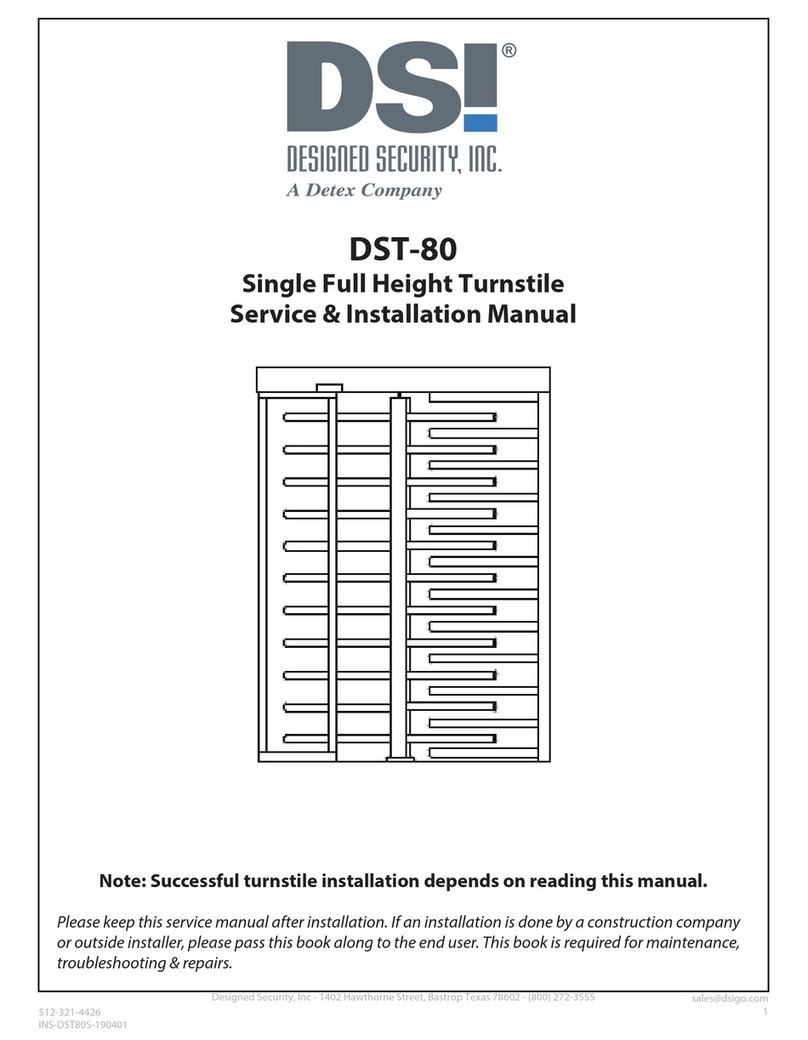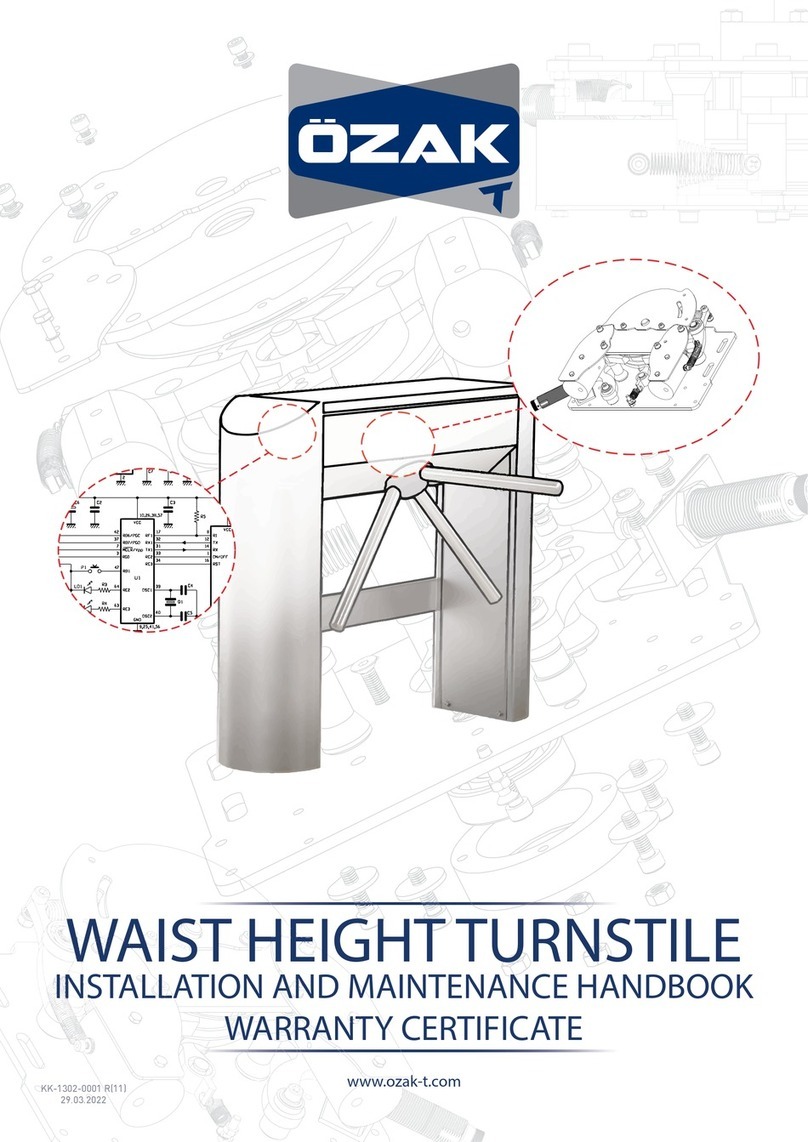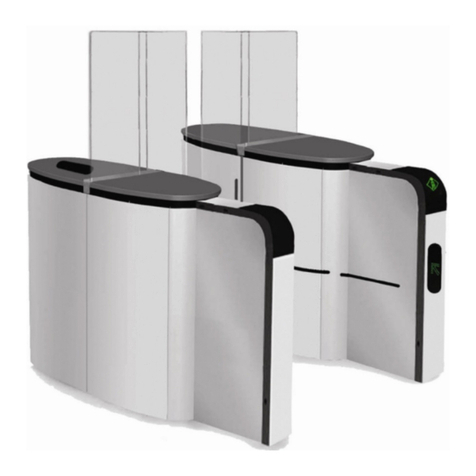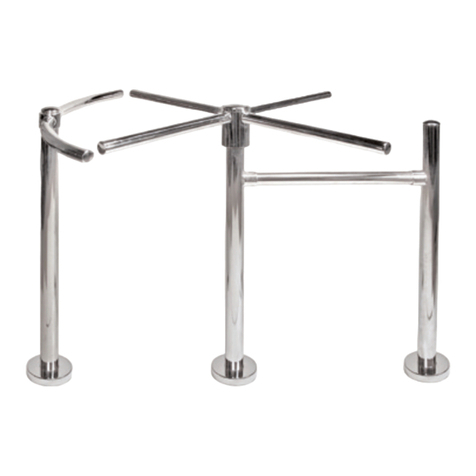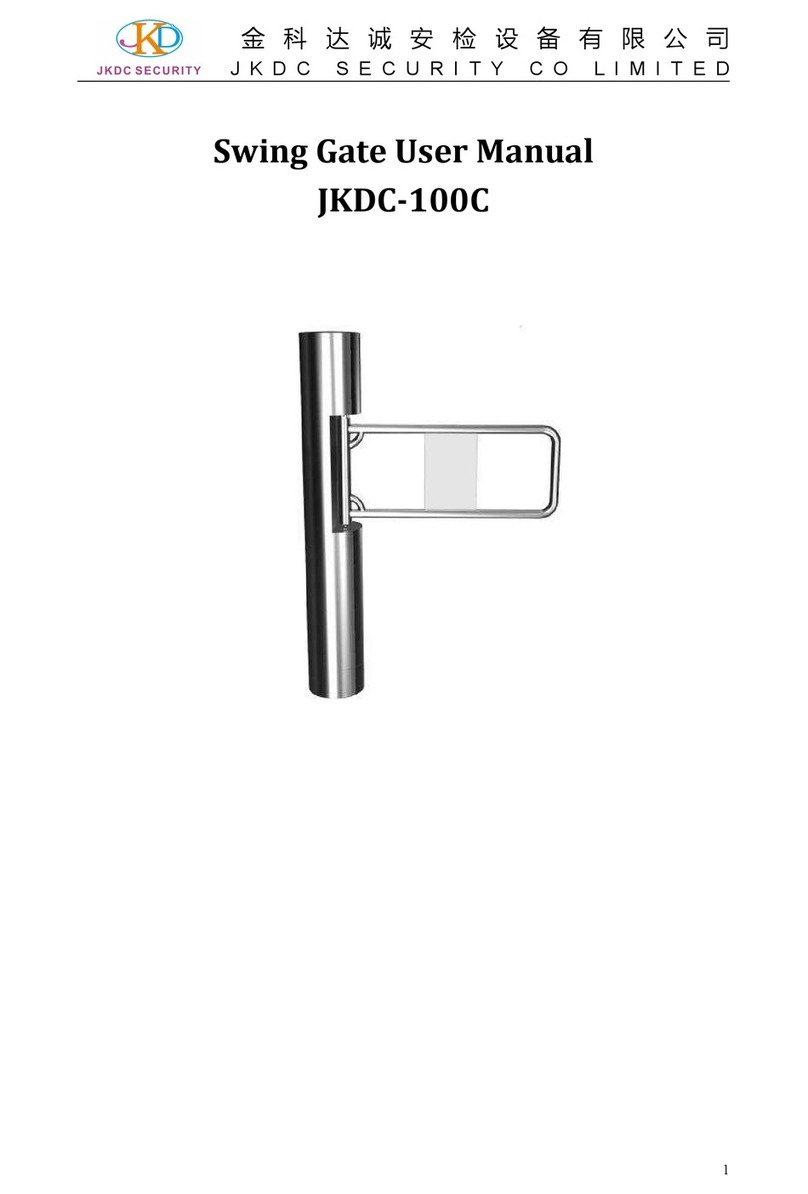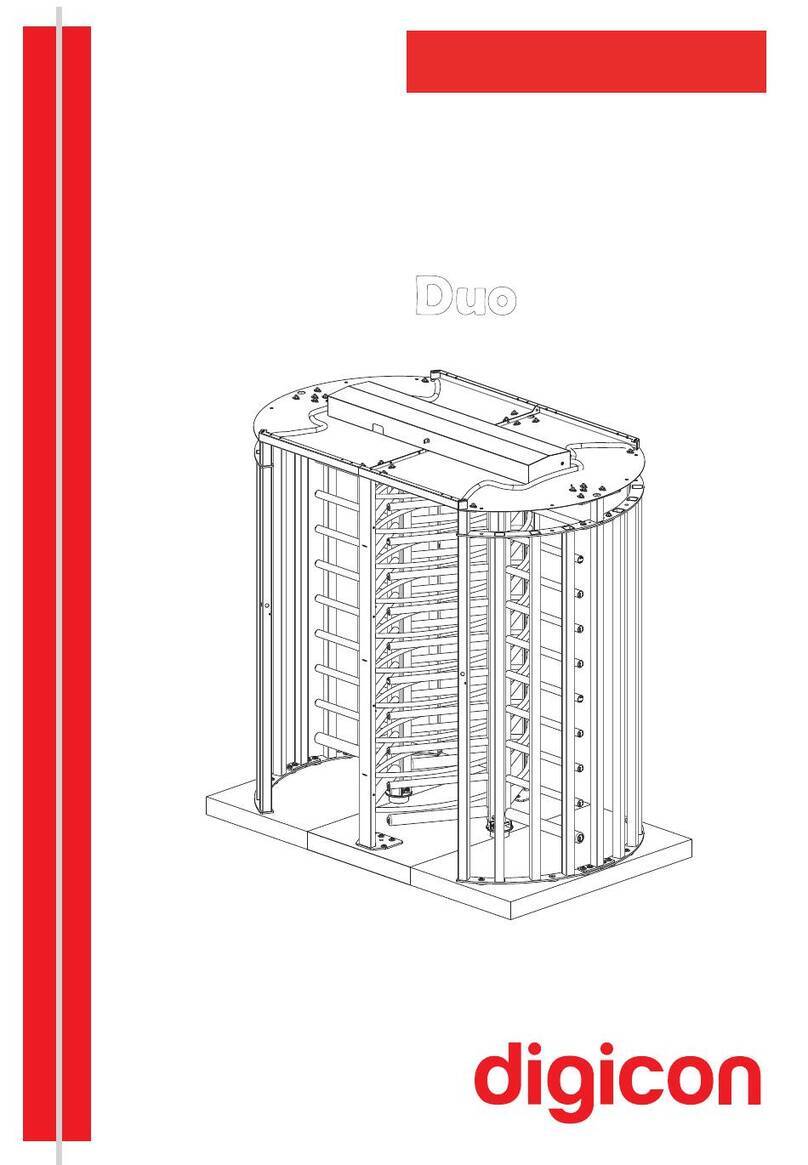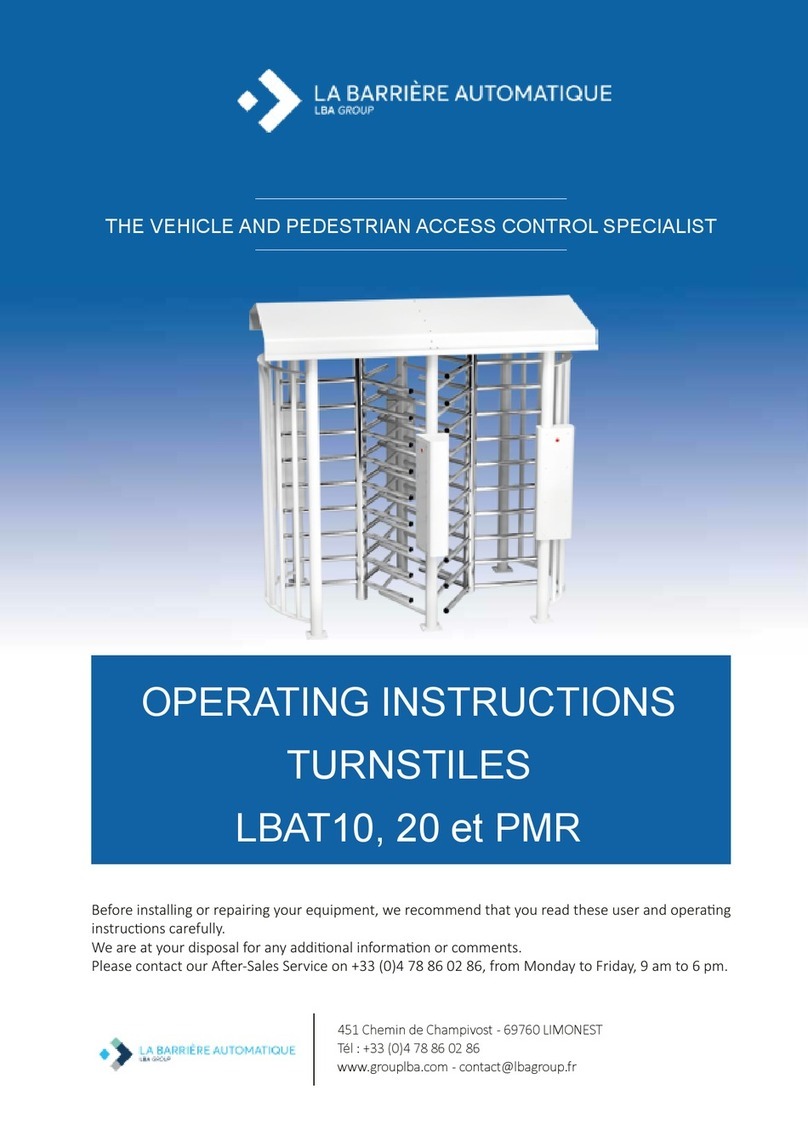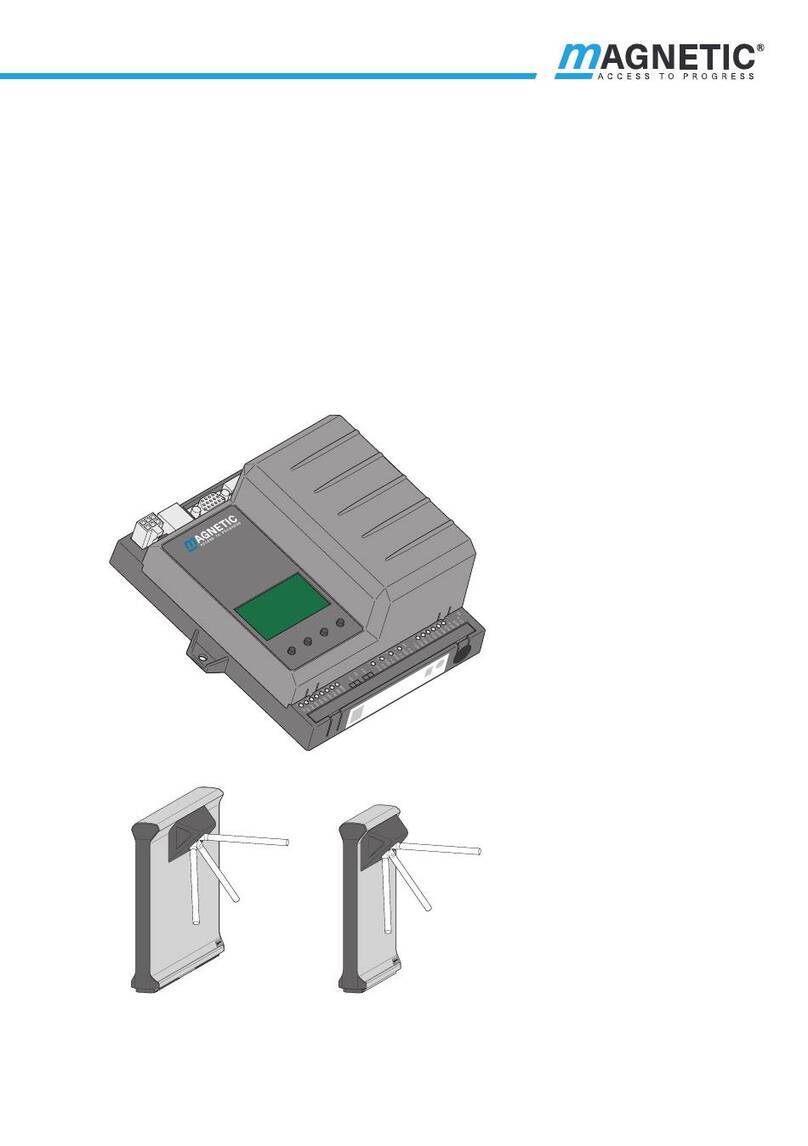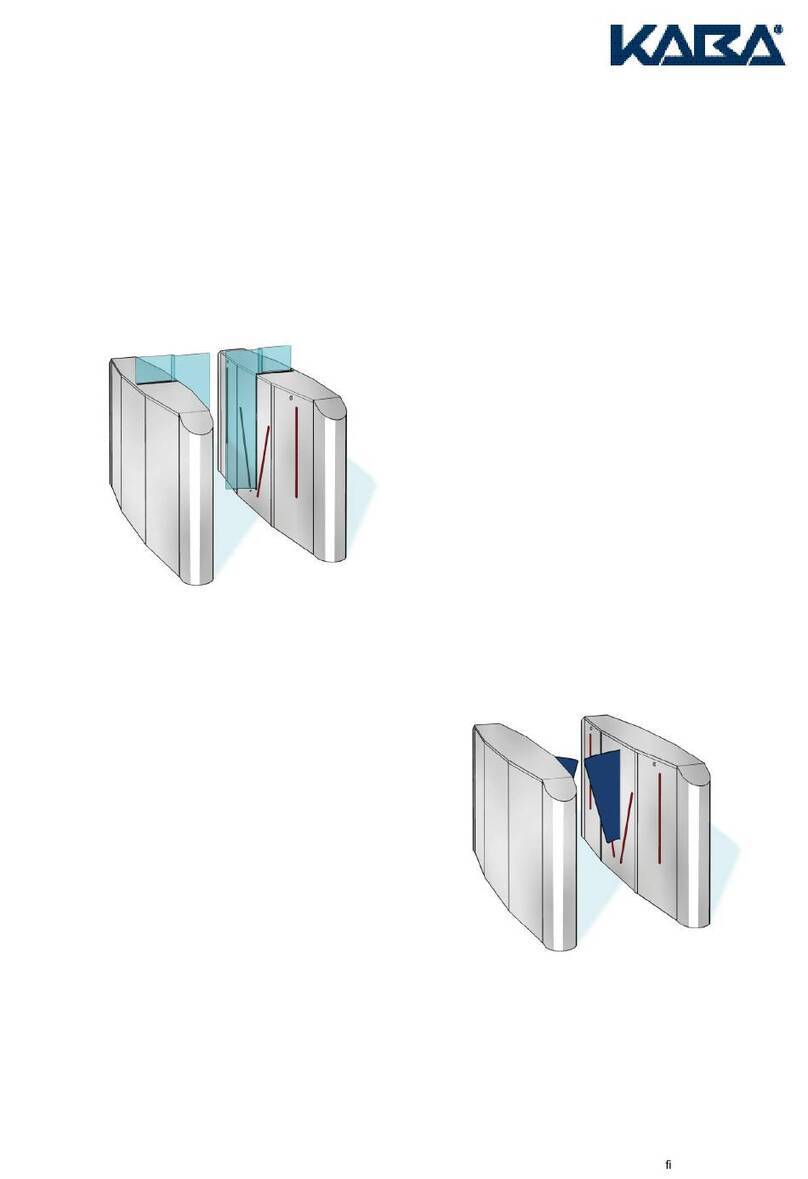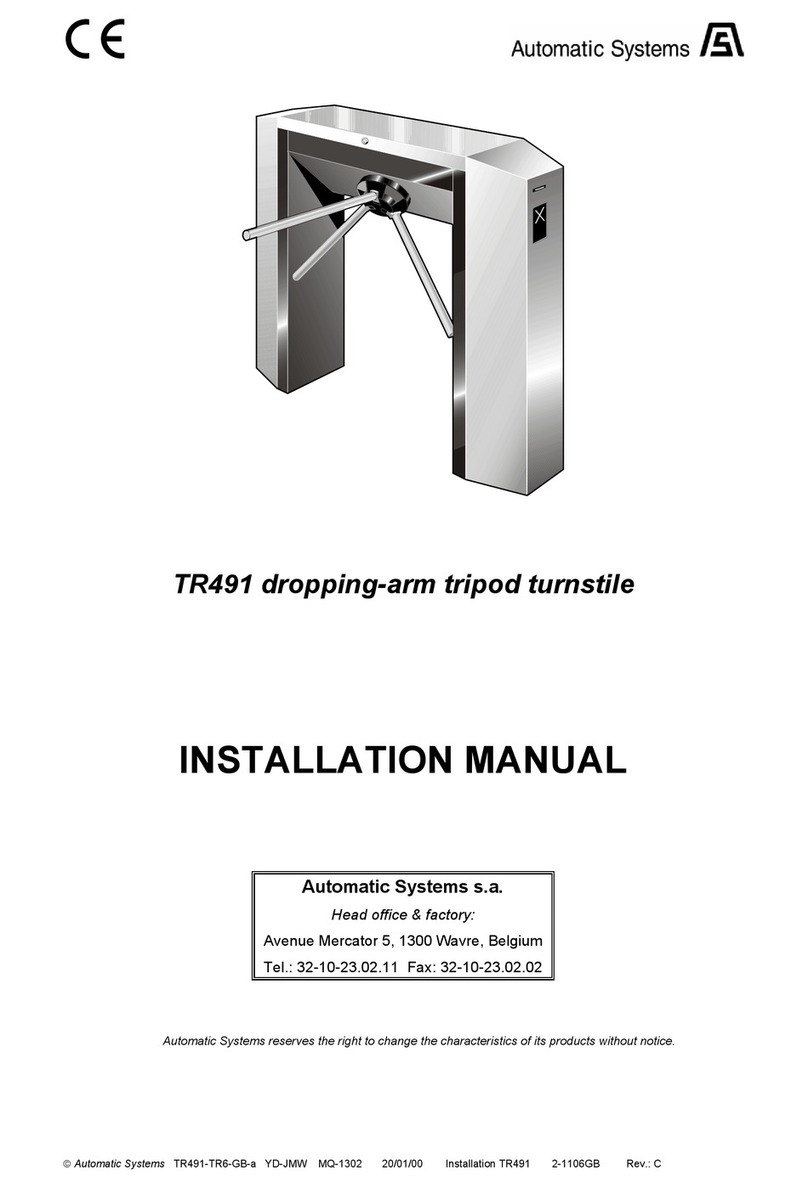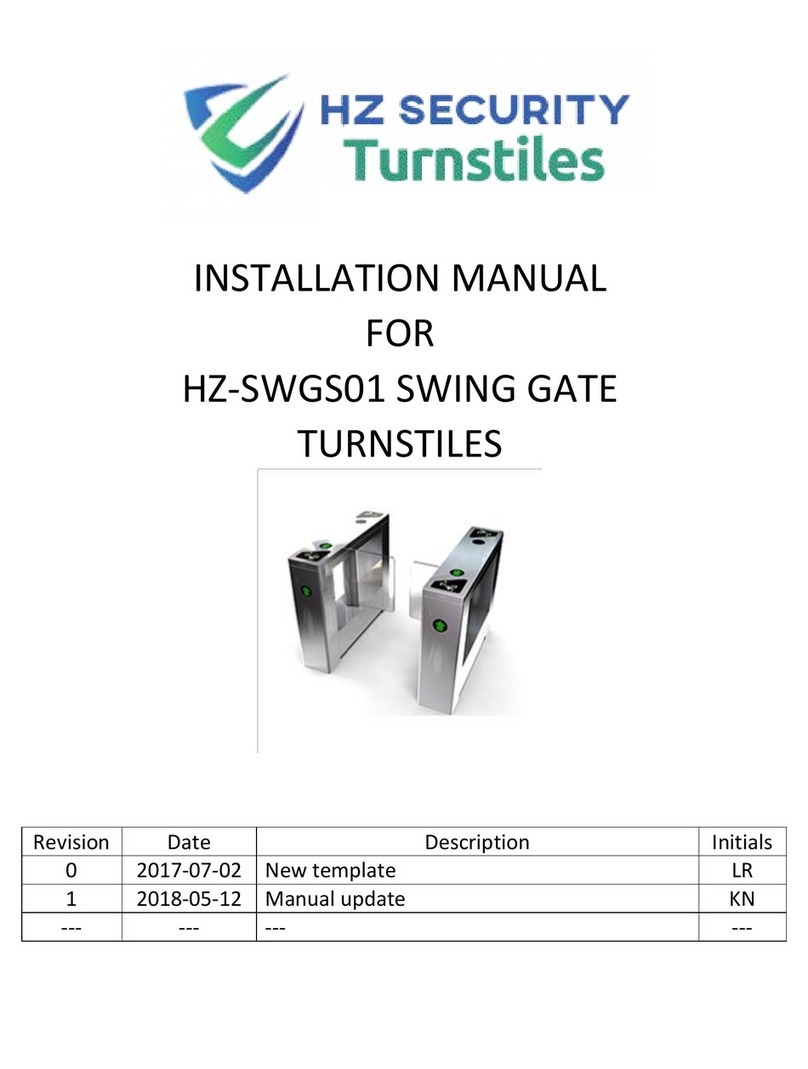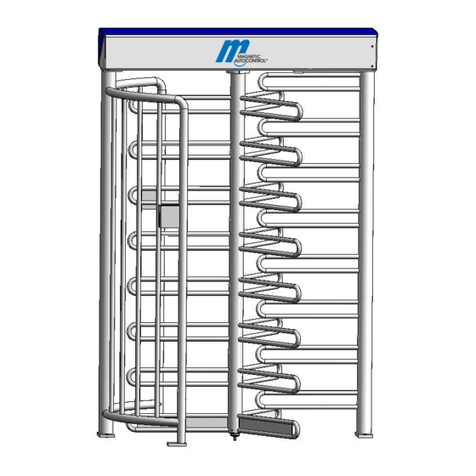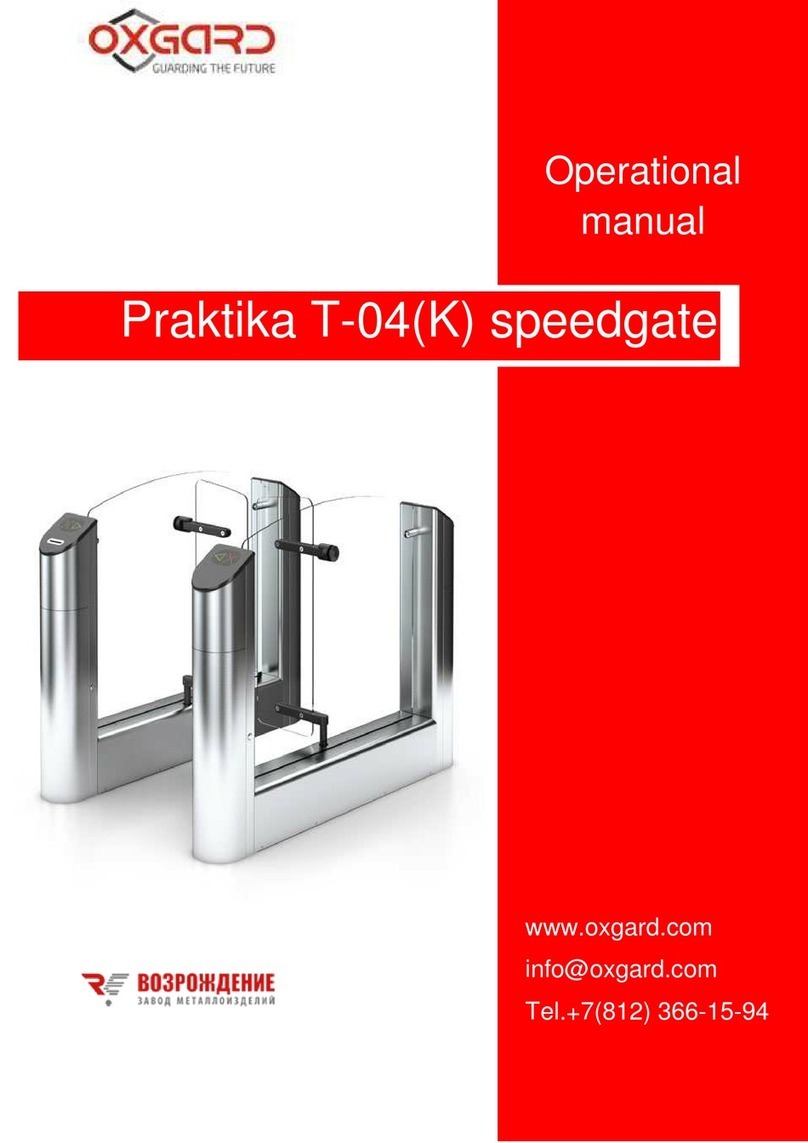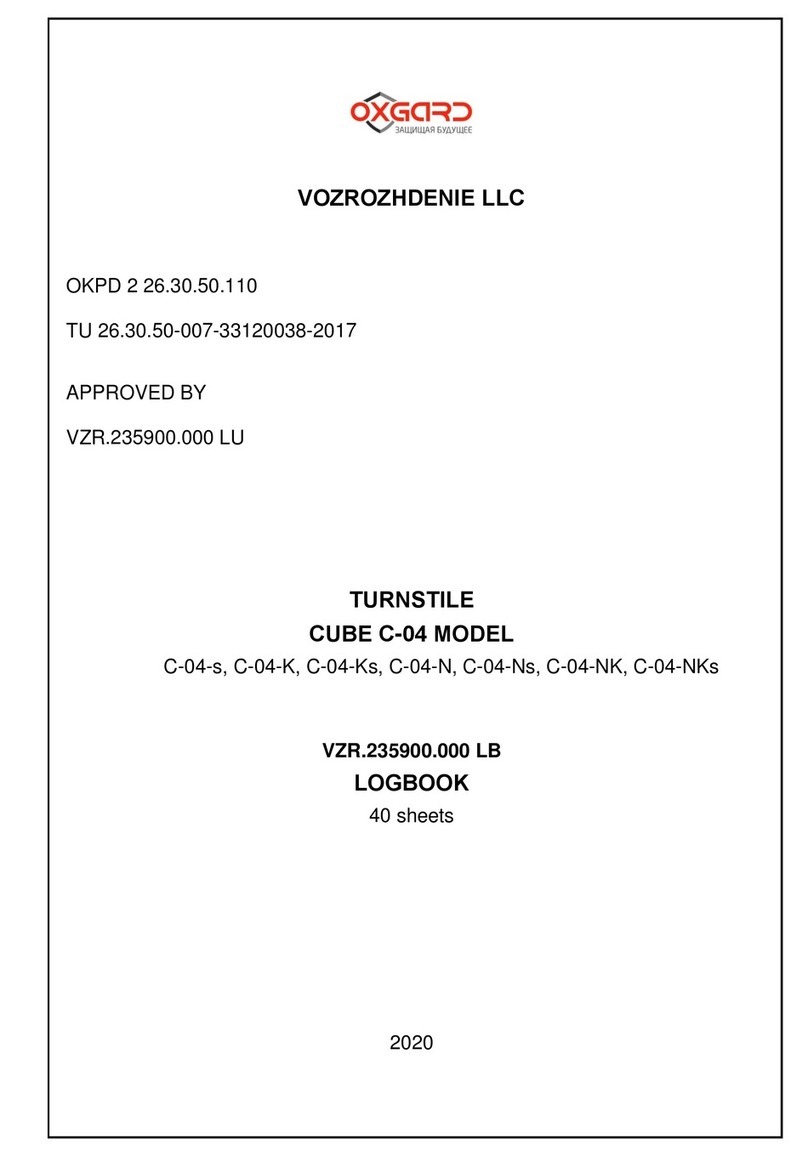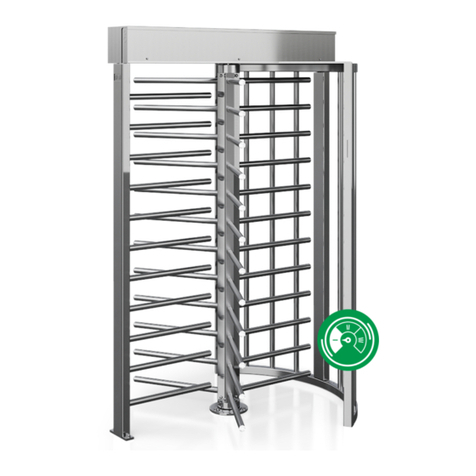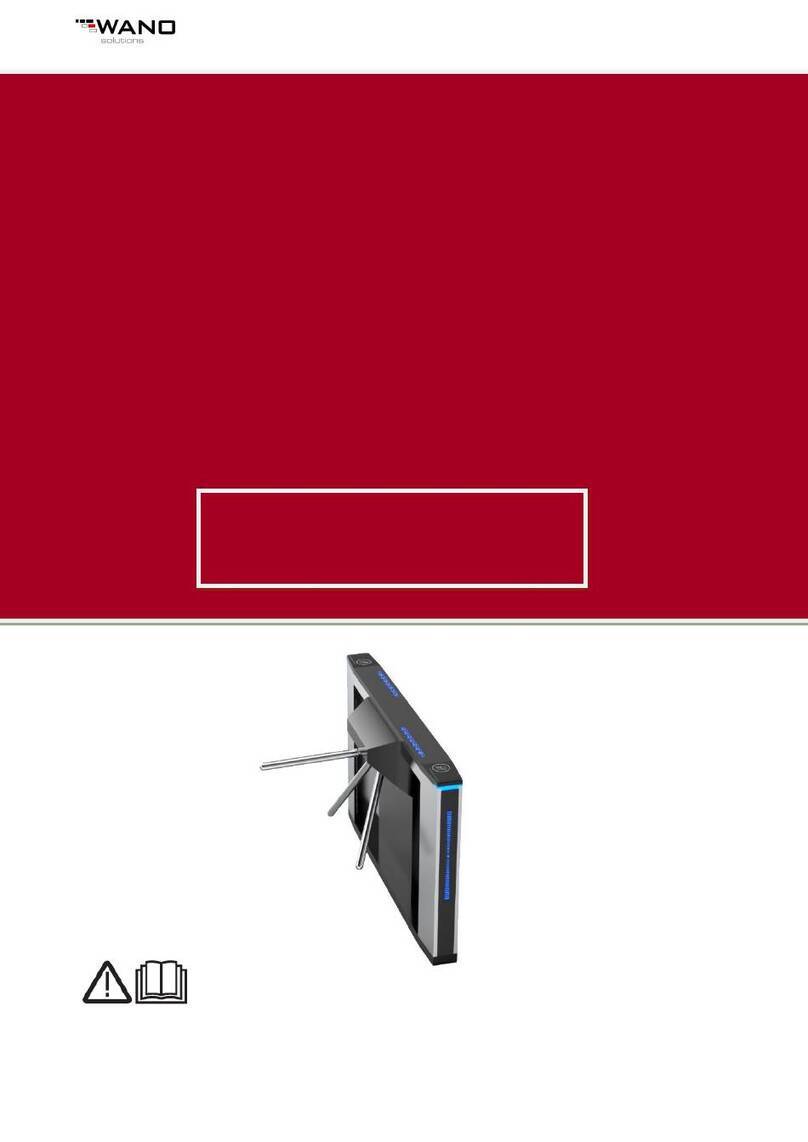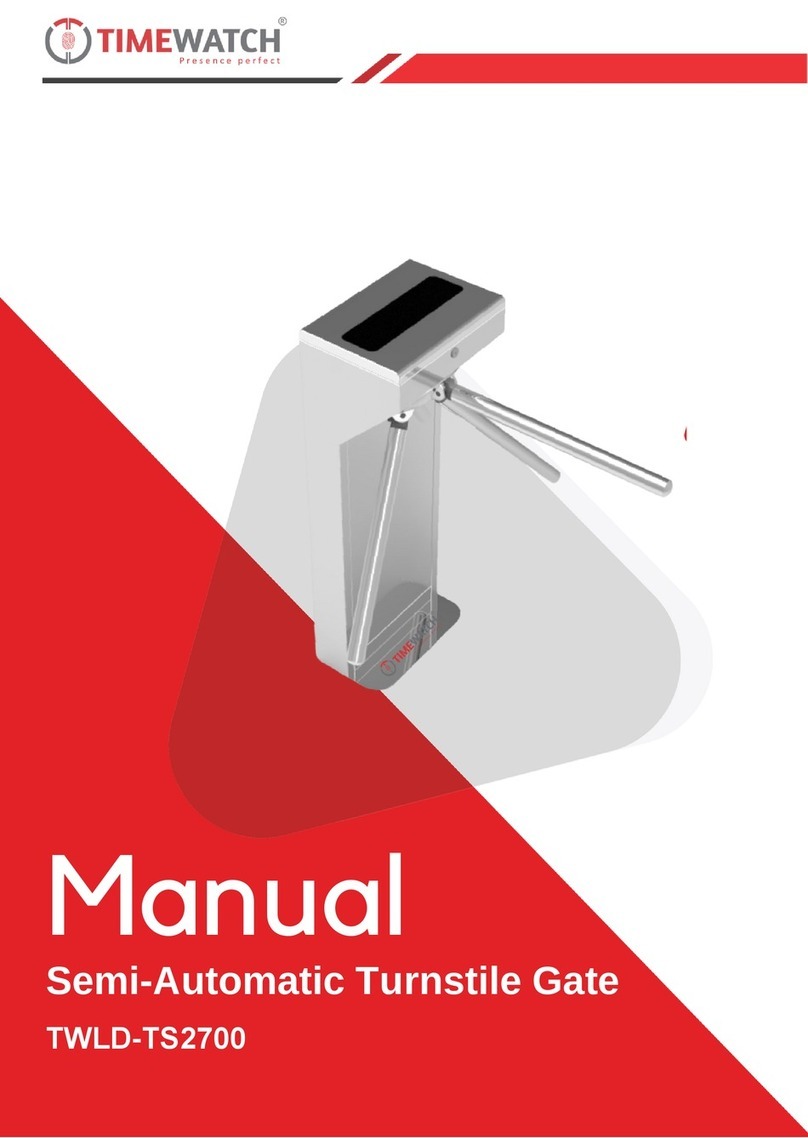
3
Contents
1. Important instructions .........................................................................
2. Safety Instructions ..............................................................................
2.1 Symbols ...........................................................................................
2.2 Installation Site .................................................................................
2.3 General Servicing Precautions .............................................................
2.4 General Operation Precautions ............................................................
3.Guidelines ...........................................................................................
4.Presentation ........................................................................................
5.Features of dFlow ................................................................................
5.1 Operation of dFlow ...........................................................................
6. Installation and asembly ......................................................................
6.1 Opening the package .........................................................................
6.2 Fastening on the floor/ground .............................................................
6.2.1 Required free area ..........................................................................
6.3 Access to dFlow after assembly ..........................................................
6.4 Connections between equipent ............................................................
6.5 Overhead detection system .................................................................
6.5.1 Overhead detection system Installation ..............................................
6.5.2 Sensor supply ................................................................................
6.5.3 Sensor communication ....................................................................
6.6 dFlow power supply ..........................................................................
6.7 Selector switch .................................................................................
6.8 dFlow Pictograms .............................................................................
7.Optional Items .....................................................................................
7.1 Card collector kit/Box kit ....................................................................
7.2 Display .............................................................................................
7.3 Antennas ..........................................................................................
7.4 Bar Code Reader ...............................................................................
7.5 Biometrics ........................................................................................
7.6 MCA ................................................................................................
8. Troubleshooting ..................................................................................
9. Technical characteristics .......................................................................
9.1 Dimensions .......................................................................................
9.2 Additional Information ........................................................................
10.Cleaning ...........................................................................................
10.1 Door maintenance and storage ..........................................................
10.2 Maintenance and preservation of the passage control sensor .................
10.3 Maintenance and preservation of dFlow (glass and stainless steel plates)
11.Warranty and technical assistance ........................................................
04
05
05
06
07
08
08
08
09
11
12
12
12
18
19
20
22
23
26
27
28
29
30
31
31
32
32
32
33
33
34
35
35
37
38
38
38
38
39
